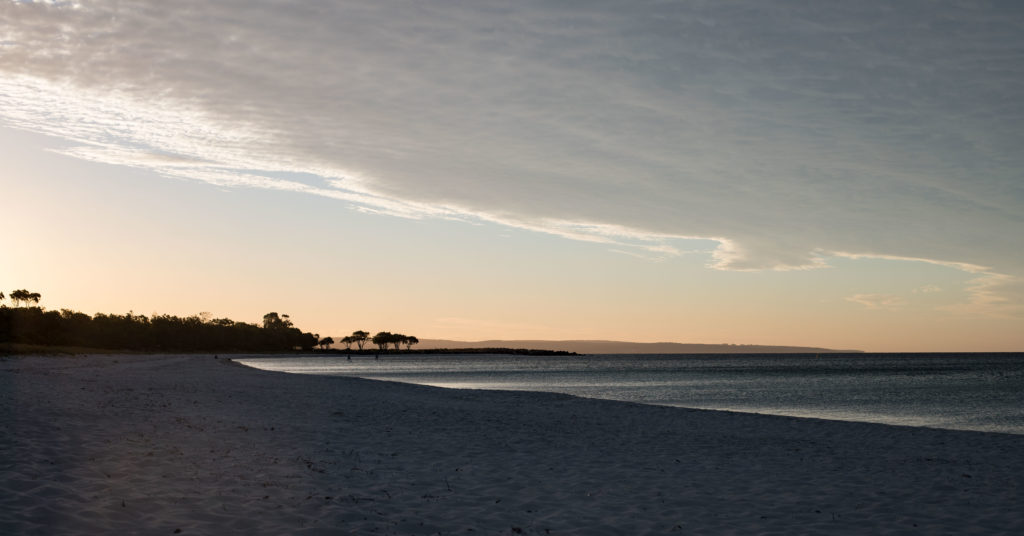Yup, that’s right. And other Aboriginal peoples across Australia recognise a different number of seasons, with some of the desert mob only recognising two!
Why you ask? Well, allow us to shed some light.
Aboriginal people are keenly observant of their surroundings and let’s face it after being here for more than 40,000 year one gets to know what the weather is doing. Traditional life literally depended on knowing the landscape, the food available at certain times, where to find water and shelter. The weather and its influence on the natural environment dictated so much of everyday life, as opposed to a system set by months.
The Noongar six seasons represent the climate of the south west of WA far more closely than the four seasons recognised by European cultures.
They are; Birak (December and January), Bunuru (February and March), Djeran (April and May), Makuru (June and July), Djilba (August and September) and Kambarang (October and November).
It is important to recognise that while we have contextualised the seasons by matching them to the corresponding months in the contemporary calendar, they do not necessarily match perfectly.
The changes in seasons were recognised by Noongar people by signals in the landscape, whether it is the changes in the direction in prevailing winds, the flowering of a particular plant species, or a particular time in the breeding cycles of insects, animals and birds.
Stay tuned here and on social media for more information about these seasons and our upcoming events, so that you can learn more about Noongar culture and our amazing south west ecology!



